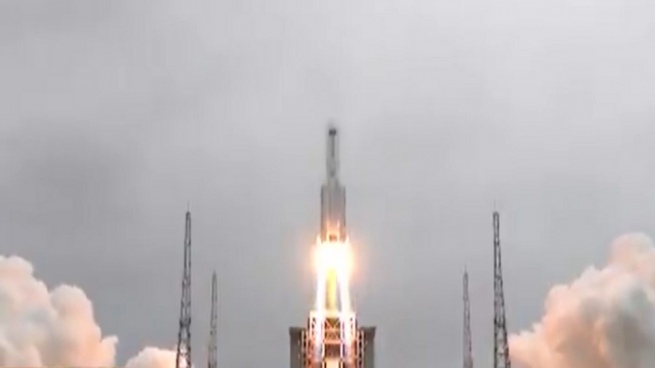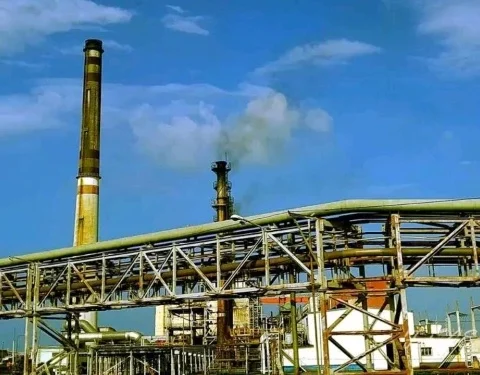Debris from the huge Chinese Long March 5B booster rocket could fall to Earth between Saturday and next Mondayafter being put into orbit on July 24 by that country’s space agency, which generated criticism for the lack of planning and security, experts and specialized media reported.
The rocket had mission to carry a module that was to dock with the Chinese space station Tiangongwhich was successfully carried out on July 24, but the central stage of the rocket, of 21 metric tons, orbits the Earth and gradually descends towards an “uncontrolled re-entry”, reported the Aerospace portal.
This portal gives July 30 as the expected re-entry window, although other experts who track the object give July 31 or August 1 as the date.
Similar cases
In May last year, a similar situation occurred when the core stage of this rocket re-entered the atmosphere and fell over the Indian Ocean, while in 2020 debris from the rocket fell into the North Atlantic.
About the rocket launch
The Long March5B rocket blasted off from the Wenchang Space Launch Center in Hainan on June 24 at 2:22 pm Beijing time. The 22-ton Wentian laboratory, stored on top of the rocket, arrived at the orbiting station 13 hours after launch.
The astronauts currently on board the main module of the Tiangong space station, Chen Dong, Liu Yang and Cai Xuzh, became the first astronauts to attend a docking at the Tiangong station.
In a tweet, astronomer Jonathan McDowell of the Harvard-Smithsonian Center for Astrophysics confirmed that the core stage of Long March 5B was not actively deorbited and remains in orbit. McDowell called these uncontrolled readmissions “unacceptable.”
Further CZ-5B reentry update,
showing Space Force entry window prediction as well as Aerospace Corp one, which has moved a bit earlier pic.twitter.com/9zQuorOeK8— Jonathan McDowell (@planet4589) July 27, 2022
According to the Telediario de México chain, the United States Space Command delimited a geographical area where the Chinese rocket could impact, which consists of an area at 41 degrees to the south and 41 degrees to the north.
However, they pointed out that they will know exactly where it will fall until a few hours after its re-entry to Earth.


















